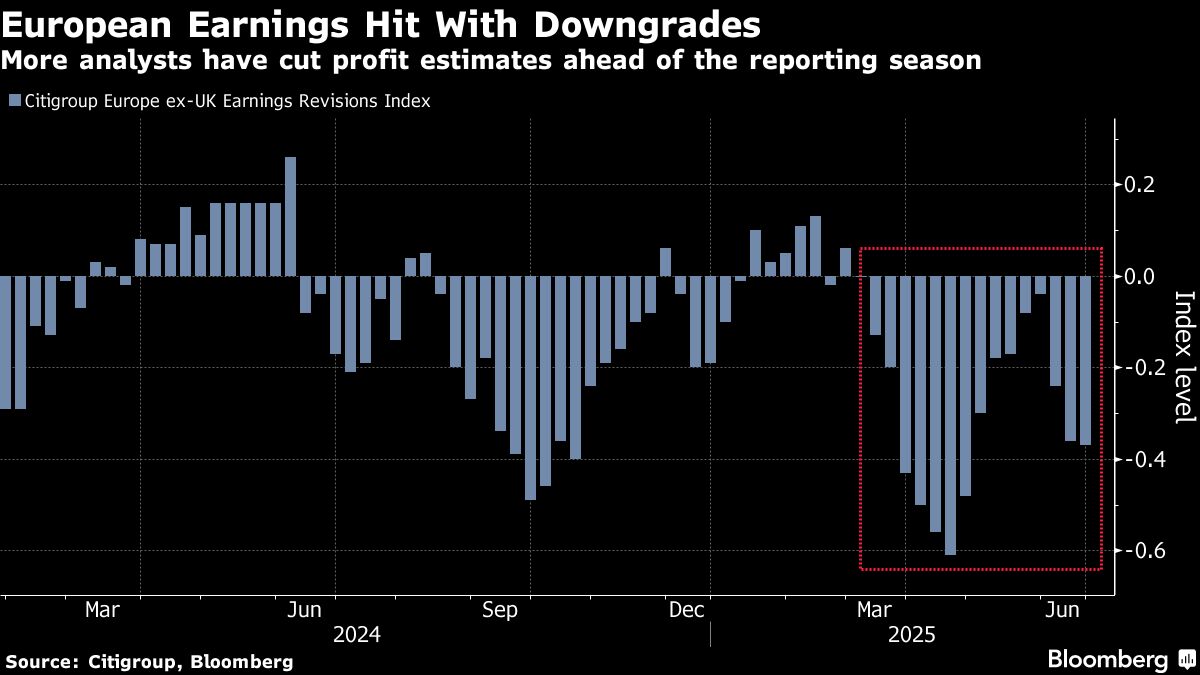The S&P 500 and Nasdaq Composite hit record highs on July 10 and 11, 2025, before retreating modestly—0.3% and 0.2%, respectively—amid trade tensions and geopolitical noise. For contrarian investors, this pullback presents a strategic inflection point to deploy capital in growth sectors that have proven resilient. Technical patterns, macroeconomic stability, and sector-specific fundamentals suggest that the correction is a buying opportunity, not a harbinger of a broader downturn.
Technical Analysis: A Healthy Retracement, Not a Bearish Signal
The recent dip from all-time highs aligns with historical volatility patterns. The S&P 500’s 0.3% decline on July 11—after closing at 6,280.46 the prior day—fell within a 50-day moving average support zone (currently around 6,200). Similarly, the Nasdaq’s retreat to 20,585.53 remains above its 200-day moving average (20,300), indicating the market is in a consolidation phase rather than a bearish reversal.
This retracement also aligns with Fibonacci retracement levels. The 0.2%–0.3% dip corresponds to a 23.6% retracement of the previous rally, a common technical milestone for short-term buyers to re-enter. The high trading volume on July 11 (2.6 billion shares) further signals that the dip was driven by profit-taking, not panic selling—a bullish sign for contrarians.
Macroeconomic Drivers: Trade Tensions, Fed Policy, and Earnings Resilience
The pullback was triggered by tariff threats from the Trump administration targeting Canada and other trading partners. However, the market’s muted reaction suggests traders have priced in geopolitical uncertainty. Key sectors like technology and semiconductors—critical to U.S. economic growth—are insulated from tariffs and benefit from AI-driven innovation, making them prime candidates for selective long positions.
Meanwhile, the Federal Reserve’s neutral stance on rates—no hikes or cuts expected in the near term—maintains a supportive liquidity environment. With the U.S. economy growing at a modest 2% annualized rate, the Fed’s focus on inflation (currently 2.1%) remains manageable, reducing the risk of abrupt policy shifts.
Corporate earnings also reinforce this bullish case. Sectors like airlines and cloud infrastructure have reported beat-and-raise quarters, while healthcare and financials dipped slightly due to regulatory headwinds. The tech-heavy Nasdaq’s resilience—up 5.7% year-to-date—underscores investor confidence in growth sectors.
Valuation Metrics: Elevated but Justifiable
Critics argue that the S&P 500’s Shiller P/E ratio of 32.5 (vs. a long-term average of 16.8) signals overvaluation. However, this metric ignores today’s lower inflation environment (2.1%) and corporate buybacks, which have fueled earnings growth. For instance, tech giants like Apple and Microsoft have returned over $100 billion to shareholders in 2025, boosting share prices.
Growth stocks in AI, semiconductors, and cybersecurity also benefit from long-term secular trends, justifying their valuations. For example, NVIDIA’s AI chip sales grew 40% YoY in Q2 2025, validating its premium multiple.
Investment Strategy: Target Resilient Sectors, Avoid Tariff Exposure
The contrarian playbook for this market calls for:
1. Long positions in growth sectors:
– Artificial Intelligence/Cloud Computing: Companies like NVIDIA, Microsoft, and Alphabet are driving transformative innovation.
– Semiconductors: Advanced chipmakers (e.g., Intel, AMD) with exposure to AI and 5G.
– Healthcare Biotech: Firms with breakthrough therapies (e.g., Moderna, BioNTech), insulated from near-term geopolitical risks.
- Avoid sectors tied to trade volatility:
- Manufacturing/autos exposed to Canadian or BRICS tariffs.
-
Commodities like copper, subject to 50% tariffs as mentioned in the data.
-
Use the pullback to average into positions:
- The 0.3% dip in the S&P 500 creates a better entry point than chasing records.
- Stop-loss discipline: Set stops below the 200-day moving average (S&P: 6,200; Nasdaq: 20,300) to contain risk.
Conclusion: Volatility is the Investor’s Friend
The recent pullback from all-time highs has introduced much-needed volatility into a historically calm market. For contrarians, this is a tactical moment to buy quality growth assets at prices discounted by short-term noise. With the Fed on hold, earnings momentum intact, and valuations justified by secular trends, the setup favors selective long positions in tech, AI, and healthcare. As the adage goes: “Be fearful when others are greedy, and greedy when others are fearful.” This is the time to act.
Investors should monitor the VIX volatility index for fear-driven buying opportunities and the Fed’s next policy meeting in August for cues on liquidity. Stay disciplined, focus on fundamentals, and let the market’s own pullbacks work in your favor.


